Nasca Lines - A 'Gods-eye' View
![]()
Having lived in so many of the world's great cities, we believe that we have acquired well honed powers of observation. After a few days in Lima, we were feeling that People Friendliness was a bit lacking. On the other hand we found that the people of Lima were extremely friendly and welcoming, so we were reluctant to risk a premature judgment.
What to do? We decided to take a journey to explore Peru's ancient history and astonishing geology and return to Lima later to continue our urban research.
We traveled by bus from Lima, south along the Pacific coast, to Nasca where ancient people had etched great drawings and lines on the desert's dry expanse. As we traveled, we began to realize how the 'kiss' of the cold Humbolt Current as it flows north along the coast of Peru has extracted all the moisture, leaving the most arid landscape we had ever viewed. Fortunately, this same current has a good side as it supports rich fisheries providing a source of livelihood for the coastal inhabitants.
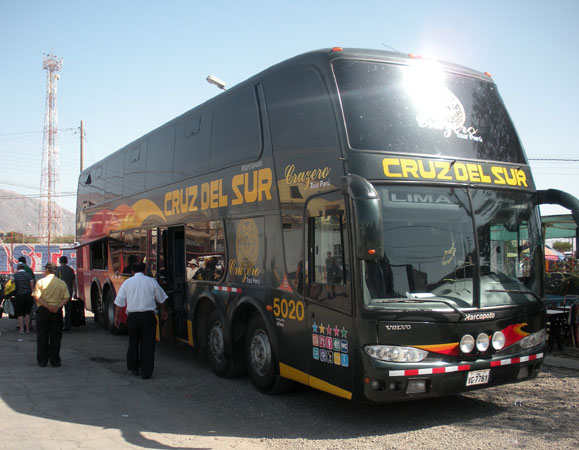
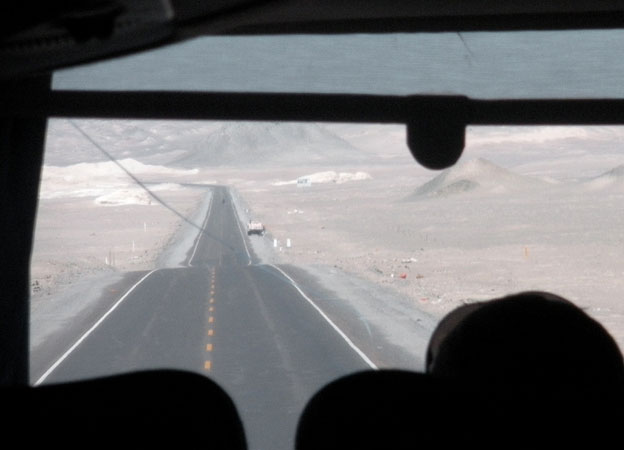
The bus traveled along the coast, where great sand dunes nearly barren of any trace of vegetation swept down from volcanic mountains to the surf. Coastal Peru was desolation on a grand scale.
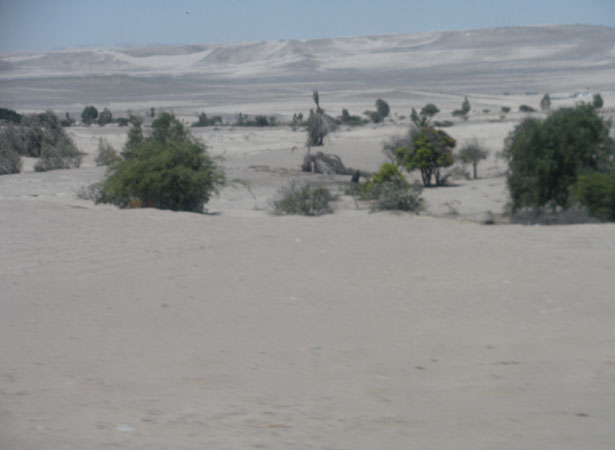
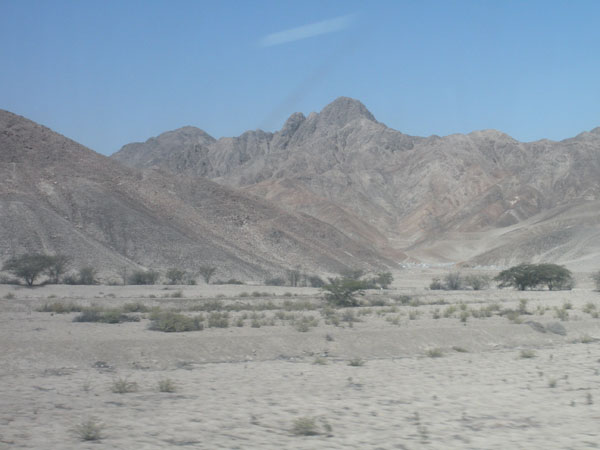
And then, occasionally, streams flowed down from the Andes to the sea and communities of farmers turned the nearby land into verdant oases. At Ica, there was sufficient precipitation and groundwater to support vineyards and eucalyptus tree plantations.
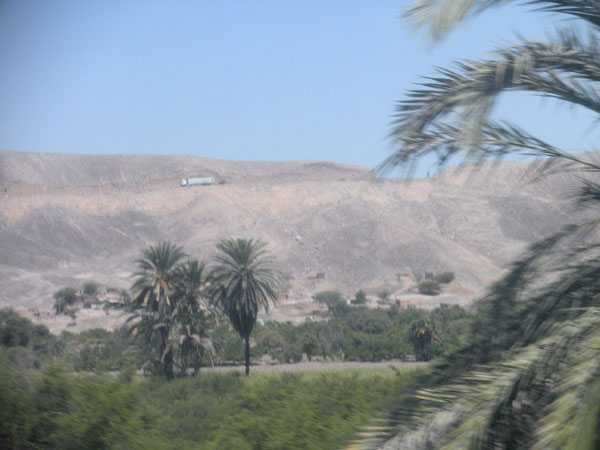
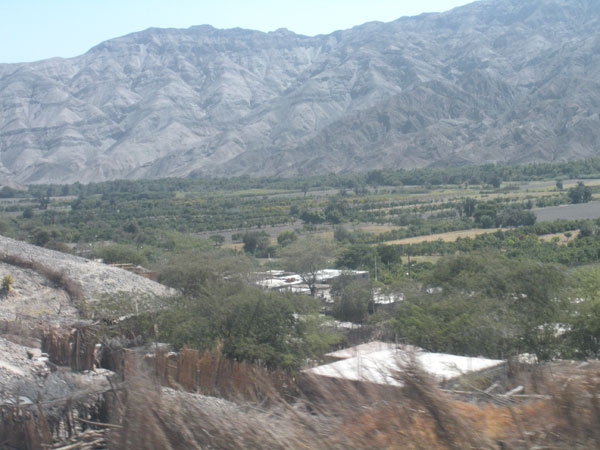
The Nasca watershed, discovered by early Peruvians about 2000 years ago, became one of those oases. The Nasca people built terraces and canals to conserve and distribute scarce water for their crops. Most famously, these people created the Nasca Lines across the Pampas de Jumana, a vast plateau of gravel covered rock near the river valley. Our visit to Nasca was a pilgrimage to view these amazing Lines.
The people who made these lines and geoglyphs had no airplanes or sophisticated tools to guide their efforts. Yet, they managed to plan the designs and then carefully remove the reddish surface gravel to reveal the white surface below, thereby creating the remarkable images.
To best experience the Lines, we took a flight over the plateau - for the "gods-eye" view. Our first views quickly reminded us that there were many lines crisscrossing the plateau in all directions, created over many years. As the plane swerved and turned, the pilot announced the shapes of geometric figures - triangles, rectangles, long straight lines.
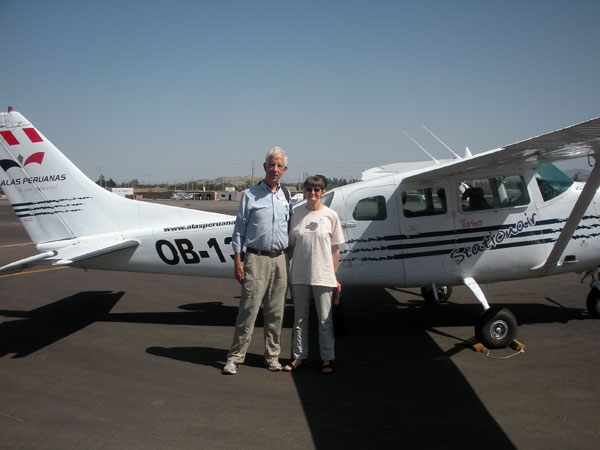
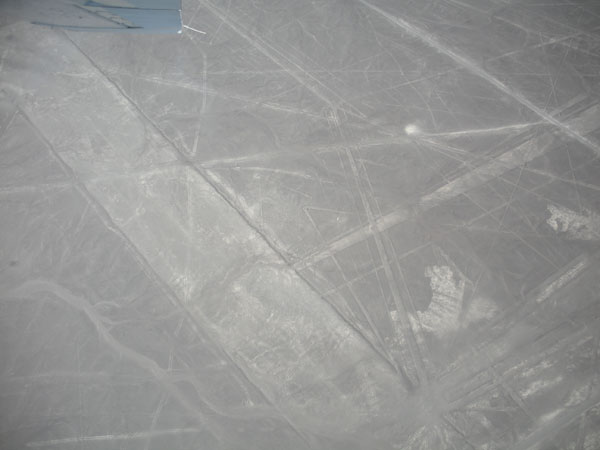
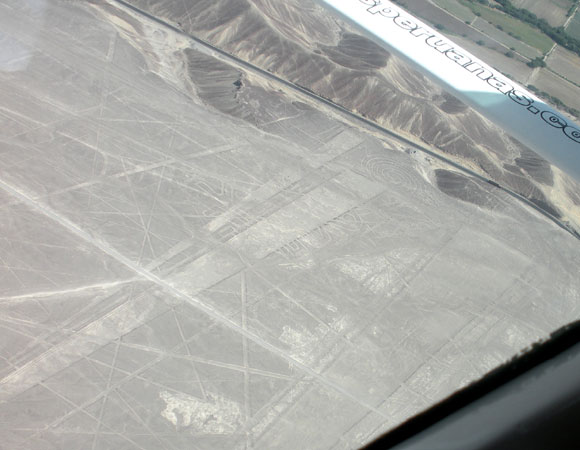
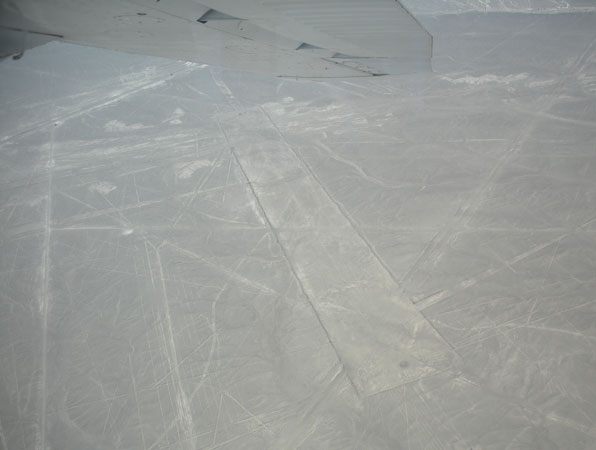
In spite of the pictures we had seen, we were enchanted as each of the images came into view. Most amazing were the giant drawings of birds, animals, and human-like figures.
Hummingbird and Parrot
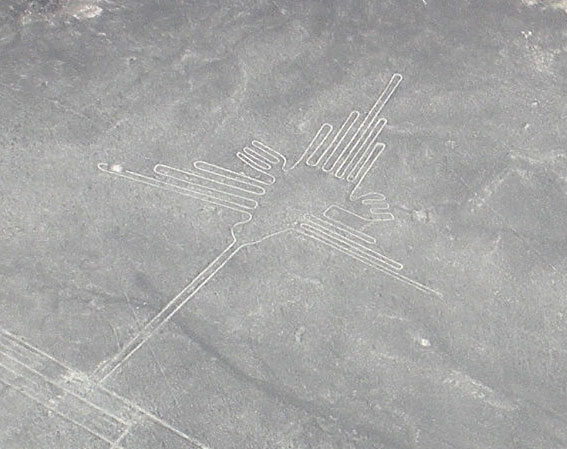
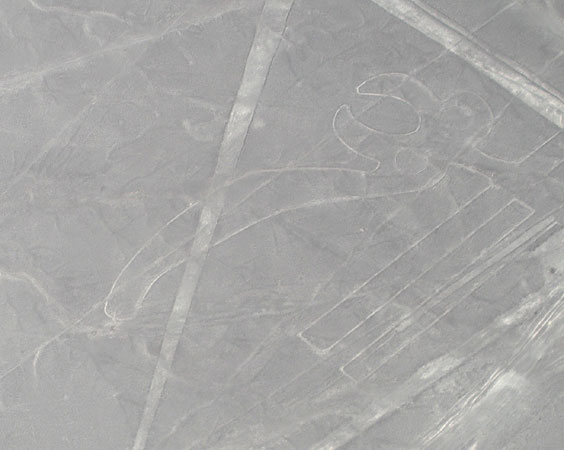
Tree and the Hands figures near the Observation Tower, and the Astronaut
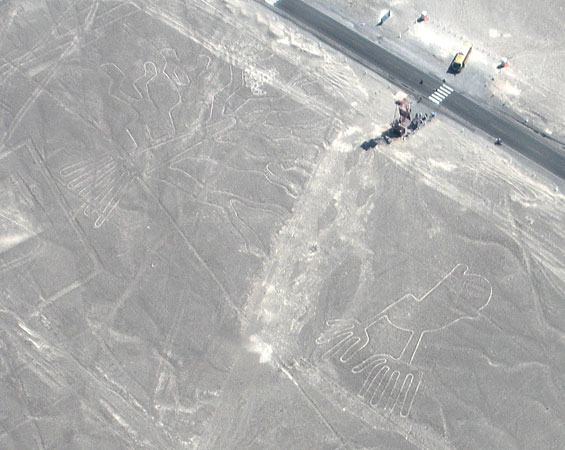
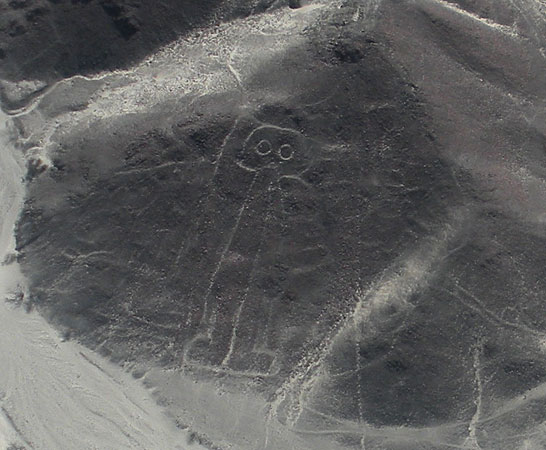
Whale and the Spider
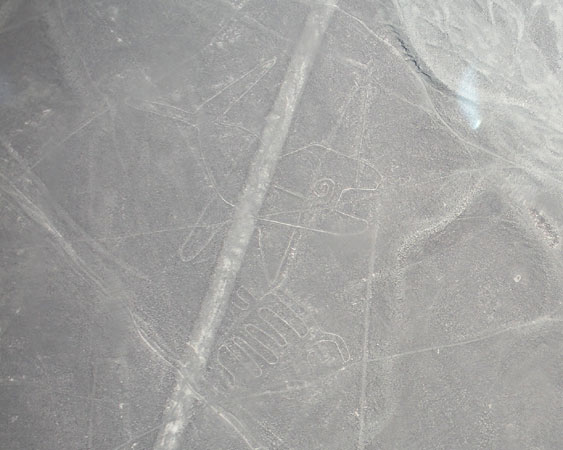
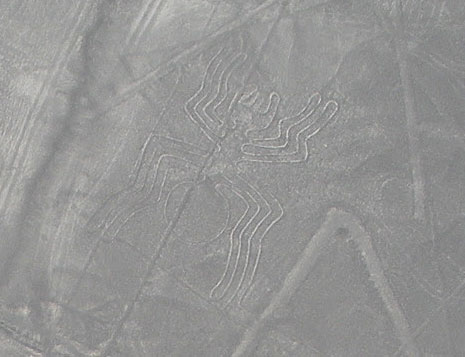
Baby Condor and the Monkey
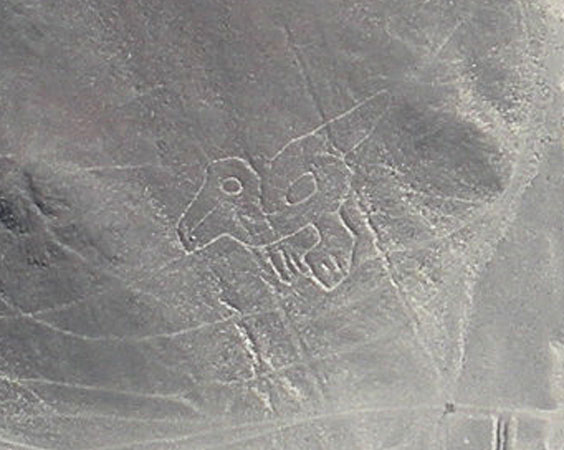
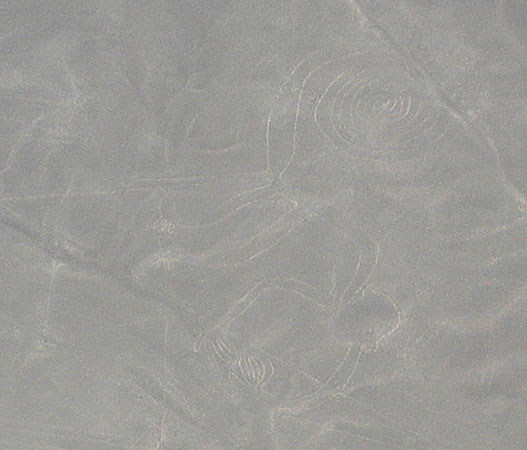
At times our attention was momentarily distracted by the wonderful vistas of the mountains and the green irrigated fields near the city.
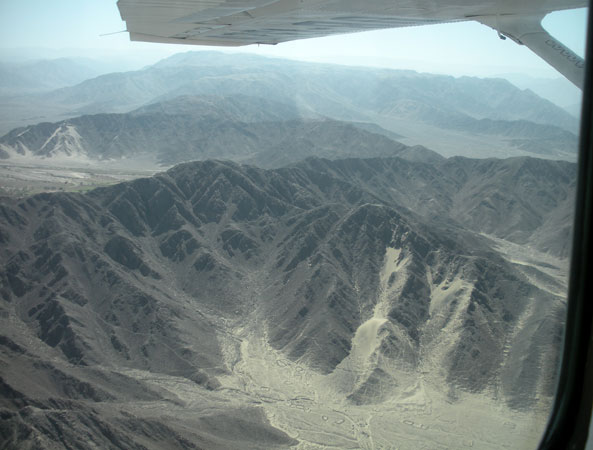
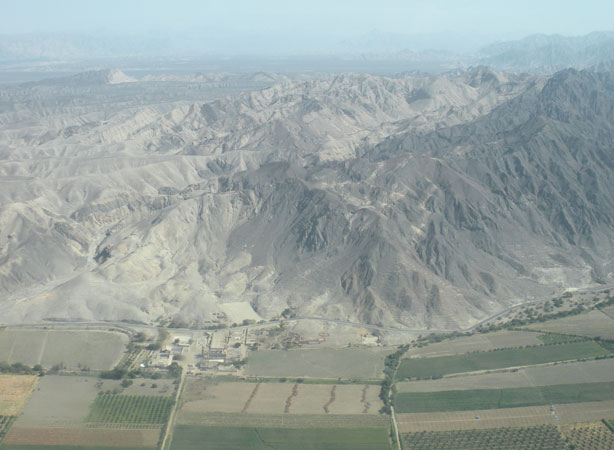
The flight ended way too quickly. We were now even more intrigued to learn more about how and why these Lines were created.
We returned to town to visit the Museo Antonini where we learned more about the Nasca culture - a map of the Nasca area, models of the canals they built, and displays of the highly developed ceramic and textile art they created.
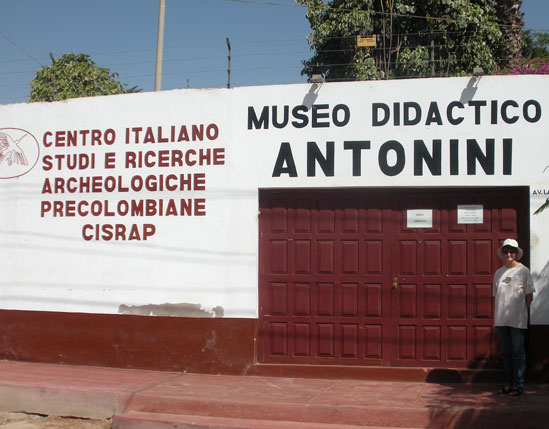
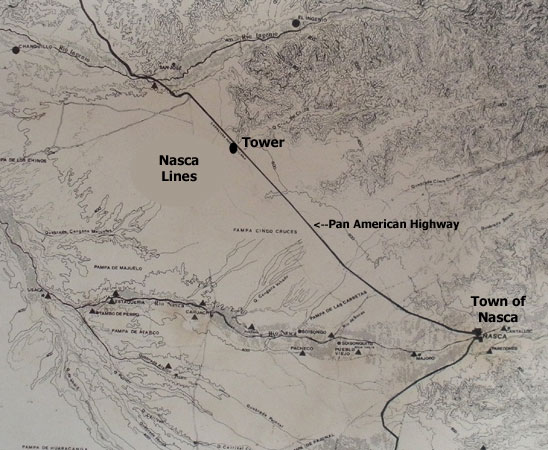
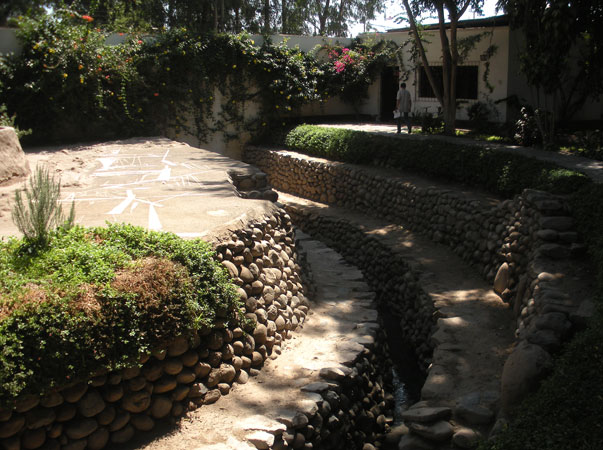
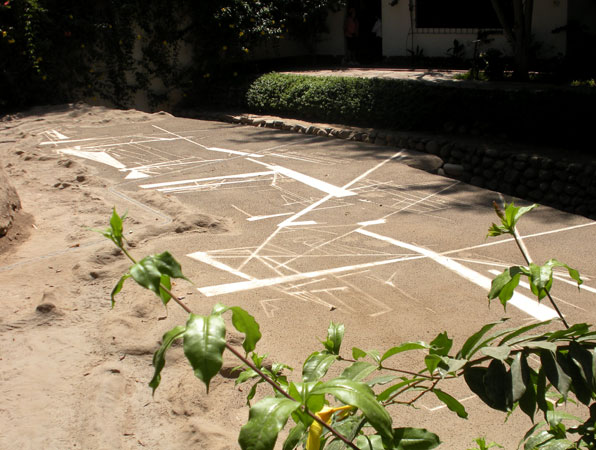
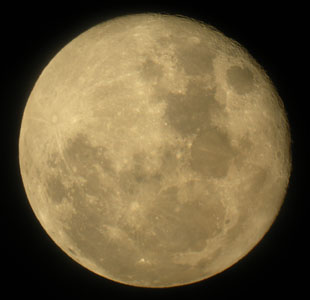 That evening, a show at the tiny planetarium provided insights into more of the thinking about the Lines. We learned that the Lines probably had religious significance, paying homage to the gods that would ensure the Nasca a supply of water and a livlihood. Some Lines pointed toward places where water was known to emerge, while others aided in celestial sightings to indicate when to plant their crops. Yet, no one is sure this is correct, but we felt that we understood this enigmatic site a bit better.
That evening, a show at the tiny planetarium provided insights into more of the thinking about the Lines. We learned that the Lines probably had religious significance, paying homage to the gods that would ensure the Nasca a supply of water and a livlihood. Some Lines pointed toward places where water was known to emerge, while others aided in celestial sightings to indicate when to plant their crops. Yet, no one is sure this is correct, but we felt that we understood this enigmatic site a bit better.
The night ended with an opportunity to view the night sky of the Southern Hemisphere, one we had seen little of in our lives. We had a special treat - it was the night of full moon.
Later that night, we boarded a bus to travel further south toward Arequipa, our next stop.
For more on the Nasca Lines, Click here (opens in a new window)
Click here to return to our Central and South America - Spring 2010 page
![]()